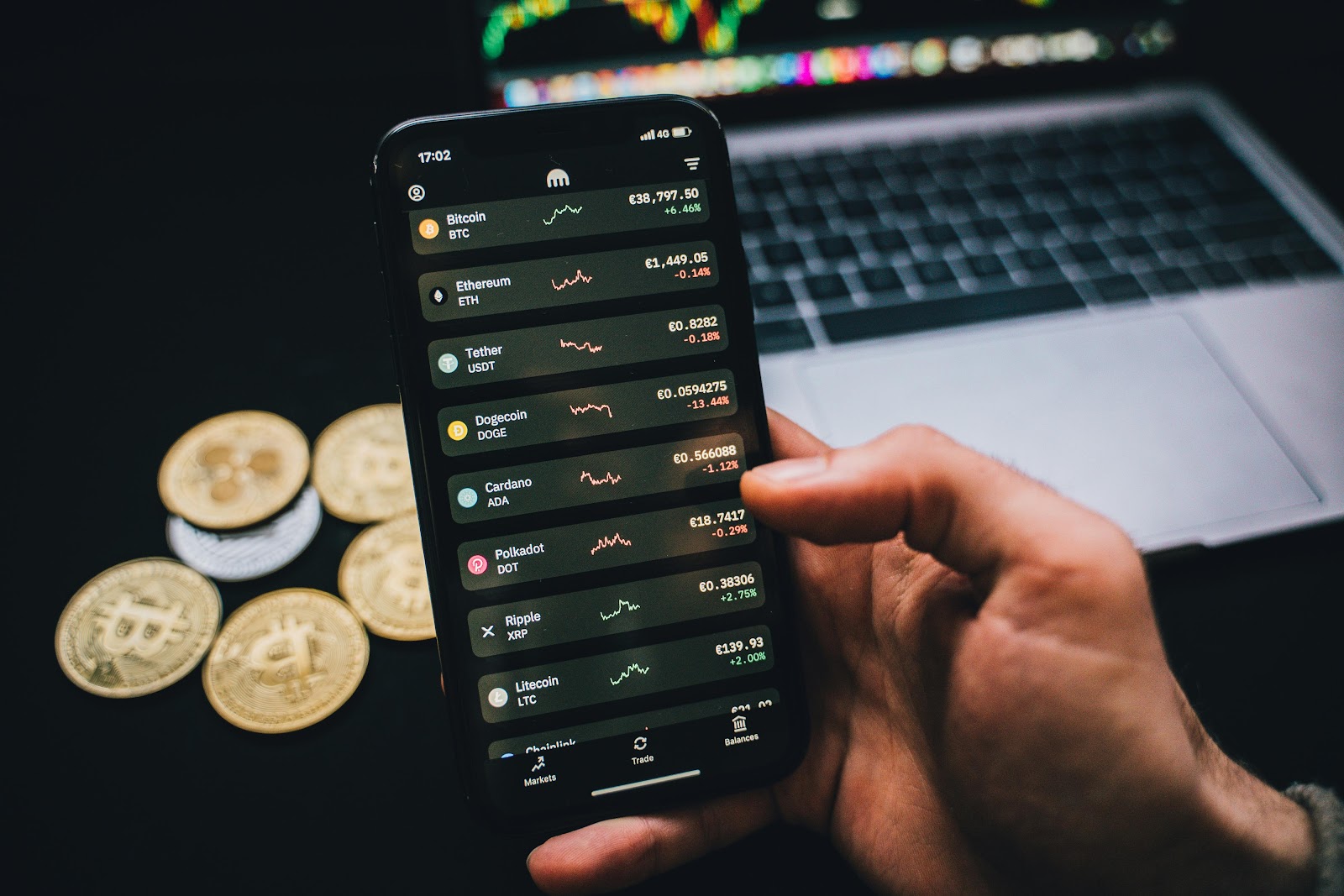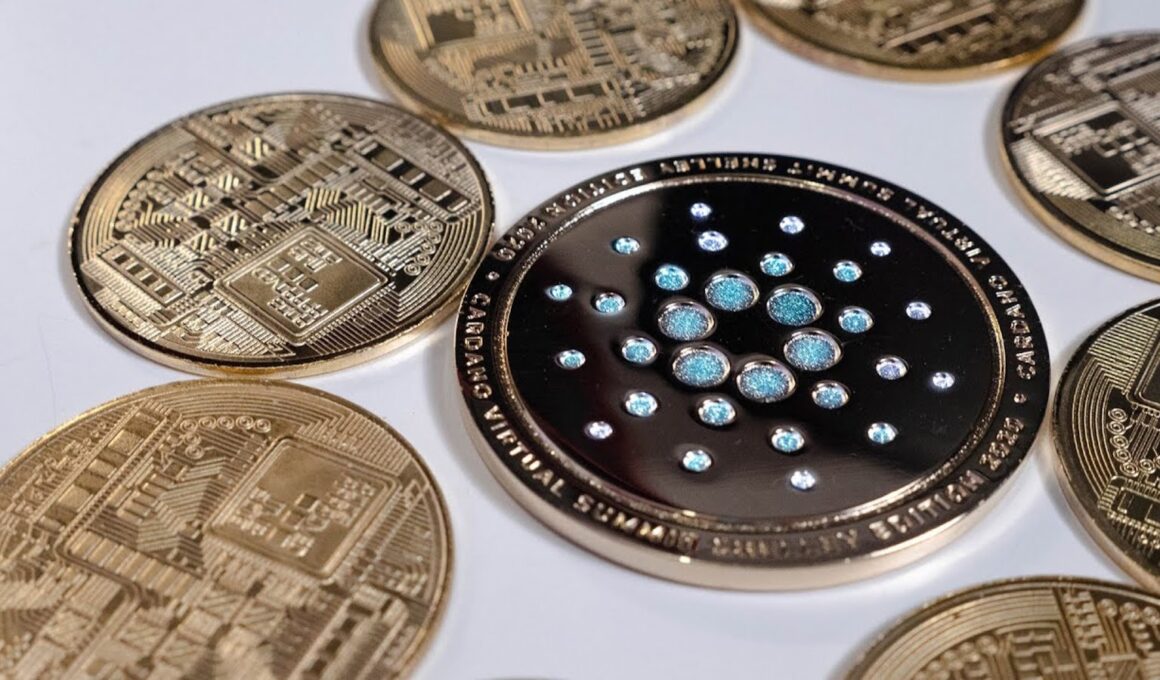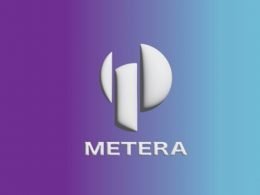The native token framework developed on Cardano is a significant evolution in blockchain technology, presenting a very different approach to tokenization from Ethereum’s ERC-20 tokens. Both allow for the creation of tokens to represent various assets, but they generally differ in the nature of their integration into their respective blockchains, thereby affecting usability, security, and ultimately the cost.
Understanding Cardano Native Tokens
Cardano tokens are a class of digital assets that can be issued on-chain, without elaborate smart contracts, native in their existence on the Cardano Ledger. The nature of this is attributed to the Goguen upgrade on Cardano, allowing easy and fluent interaction with the main cryptocurrency of this blockchain, hence making the blockchain world intact and smooth. Users of Cardano are able to issue fungible tokens or non-fungible tokens, which represent unique items.
With regards to the token system, the bundling of tokens is one of the key elements of Cardano, whereby many tokens can be grouped into one in a single transaction. This would have an immediate effect of reducing pointless complexity and cost related to transactions since many tokens can be handled within one transaction, hence making Cardano very applicable for large-scale applications involving high-volume transactions.

How Native Tokens Are Created and Managed
Native tokens within Cardano can be issued or managed on-chain, natively, without necessarily having to make use of smart contracts. That is in regard to the ledger of the network and some sort of rules which set the way tokens are issued, transferred, and destroyed. Such rules are called “minting policies.” Now, let me go in-depth with the explanation of each component involved in the creation and management of Cardano native tokens.
1. Minting Policies
One might think of a minting policy as a rule that stipulates how one is allowed to create or burn native tokens. A policy could demand that:
– Who has the permission to mint/burn tokens.
– Time after which the tokens shall be created.
– The limitation of the total supply of tokens.
The minting policy enables the on-chain token creator to precisely control its life cycle. For example, an organization creating a limited edition token for an event may want to cap the supply of a token and guarantee no more will be issued after some fixed date.
2. Direct Ledger Integration
Native Cardano tokens operate natively in the ledger. In this sense, on Ethereum, an ERC-20 token needs to have a smart contract for tracking and management, but in Cardano, native tokens are maintained directly by the blockchain. Now, this makes the management of tokens easier since ADA and any other asset can be moved in one transaction.
Consequently, this makes the network itself encapsulate most of the logic for the processing of the tokens, thus reducing the number of complications and vulnerabilities that may be caused by native smart contract codes. Thus, this automatically means native token transactions are completed at much cheaper fees, taking fewer steps compared to similar transactions on Ethereum, which would track each token separately with smart contracts.
3. Token Bundles
Another unique element of Cardano’s native token system is the “token bundle.” A token bundle empowers different tokens to be combined in one transaction. What this means is that an organization can send a payment in ADA and at the same time send many token types-a stablecoin, for example, or even loyalty points-but in one transaction. This improves efficiency because it reduces the amount of transactions one has to make and decreases transaction cost.
With the token bundles of Cardano, one can handle lots more assets of the same transferring, important to those applications that need very high transaction throughput-for example, DeFi or high-volume payment systems.
4. No Need for Smart Contracts
On Cardano, there is no need to actually write a smart contract themselves, since creating a local token on this network is as simple as defining a minting policy and subsequently registering that token on-chain. Such a model decreases the technical barrier for token creators since now users who are not advanced programmers are able to create and manage tokens. This also means less risk of something going wrong due to some bugs and vulnerabilities in the programming that sometimes have caused breaches in security on Ethereum.
5. Costs and Accessibility
Since Cardano’s native tokens are integrated directly into the ledger, transactions involving these tokens are cheaper than those that rely on ERC-20 smart contracts. This makes Cardano an attractive platform for projects focused on affordability and scalability, as transaction fees are significantly lower, even during periods of high network demand.

Differences Between Cardano Native Tokens and ERC-20 Tokens
1. Smart Contracts: As for the Ethereum ecosystem,ERC-20 tokens are regulated by smart contracts-from issuance through the actual mechanics of transfer. Increased utilization of smart contracts raises complexity for transactions because the logic for each token should be implemented by a developer in the code. Native tokens on Cardano operate natively with the ledger, meaning most operations-like transfers-don’t need smart contracts. That allows a reduction in cost and, at the same time, reduces the risk and makes handling tokens easier.
2. Security and Stability: ERC-20 tokens on Ethereum are, up until this date, plagued by various security vulnerabilities due to bugs in smart contract code. If not treated carefully, the bugs in smart contracts may lead to some losses. Since Cardano’s native tokens don’t require making custom smart contracts for each type of token, they’re much less likely to have these kinds of problems. The ledger model is designed in such a way that it keeps an ecosystem intact, free from the most general source of errors present in smart contract-driven tokens.
3. Cost Efficiency: Ethereum transaction fees, better known as “gas fees,” can greatly surge at times when the network is congested, thus making ERC-20 transfers a bit expensive. Native tokens of Cardano do not have that problem because they rely directly on the main ledger rather than smart contracts. Token transfers are generally cheaper and more predictable on Cardano. This affordability is one of Cardano’s greatest strong points, attracting projects focused on cost-effective asset management and exchange.
4. User Experience and Accessibility: The Cardano framework offers an easier route to tokenization, especially for end-users who have never been familiar with programming smart contracts. The unified process allows developers to be much more productive in building and deploying tokens instead of needing to know or deal with complicated smart contract environments. On the other hand, ERC-20 token development usually requires extensive knowledge of Solidity, the Ethereum programming language, which tends to deter new developers.
Use Cases and Applications
All these applications range from the creation of stablecoins and issuance of voting tokens to representing real-world assets like real estate and the creation of NFTs for digital art. This makes Cardano very suitable for complex financial use cases and high-throughput transactions, thanks to its capability to handle multiple asset types in one transaction. In Ethereum, DeFi and dApp ecosystems are grossly dominated by ERC-20 tokens, where the functionality of smart contracts means that there are complex lending, trading, and liquidity protocols.
Conclusion
Native Cardano tokens are cleaner, safer, and more efficient compared to ERC-20 tokens on Ethereum. By embedding the functionality of tokens directly within the ledger itself, Cardano is going to avoid the use of smart contracts as means to limit risk, thus making it much cheaper. That would perfectly fit big applications wanting to create simple and secure interaction with tokens on Cardano.
Those concerned about the tokenization of assets and further managing them on-chain will find Cardano’s native tokens glittering with an innovative alternative-a reflective approach to thoughtful blockchain design and user experience. As blockchain technology advances further, this could make Cardano’s native asset system critical in the furtherance of token utility and management across industries.
About The Writer
Hello guys! I’m Blockchain Mouthpiece, an experienced cryptocurrency writer who has been in the game since 2018, crafting the best articles which are proven to be both insightful and engaging to the satisfaction of users. My aim is to bring the complexities of cryptocurrency, Blockchain technology, and Web 3, to the barest minimum, to make adoption more seamless and fast among both seasoned and new users alike.









